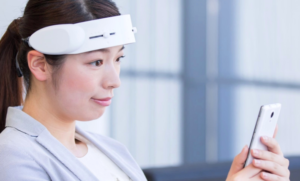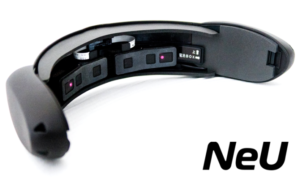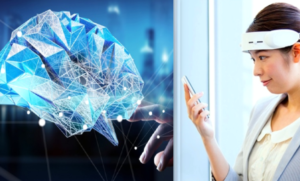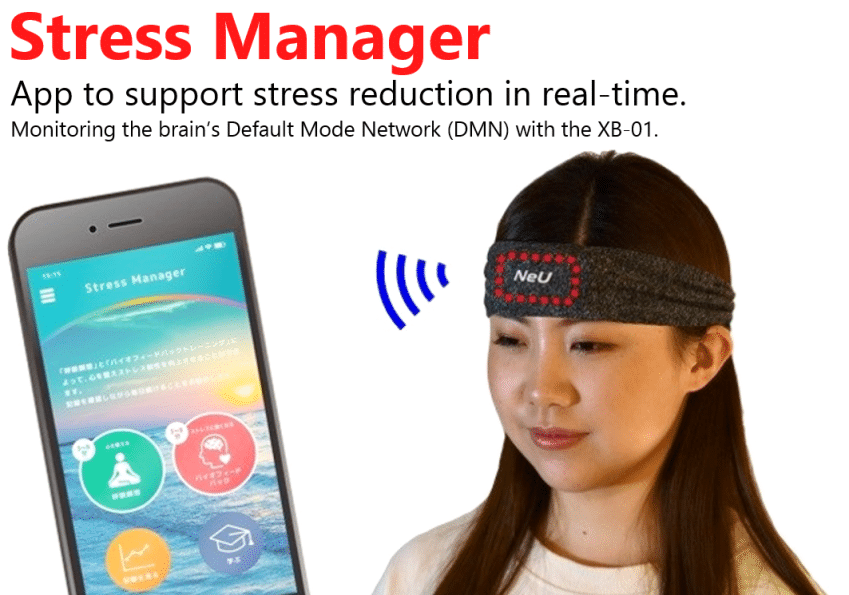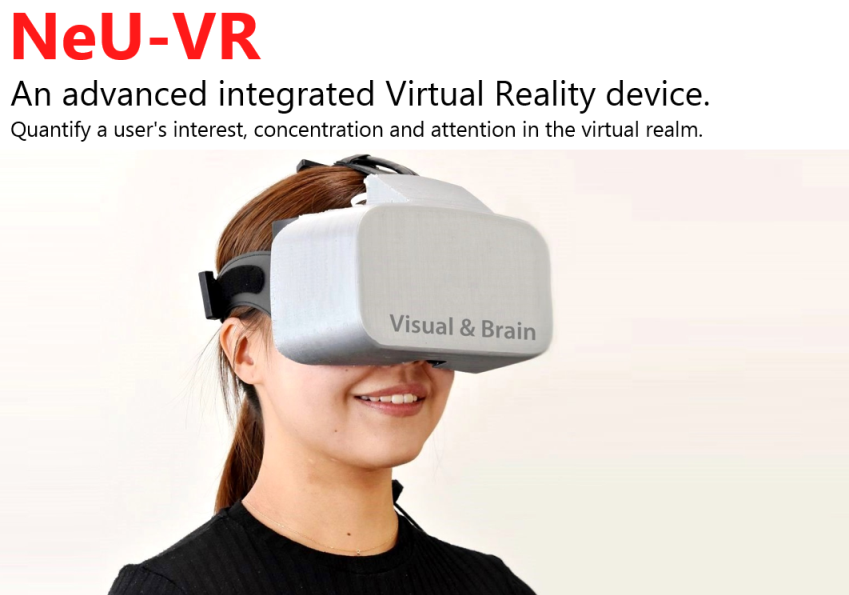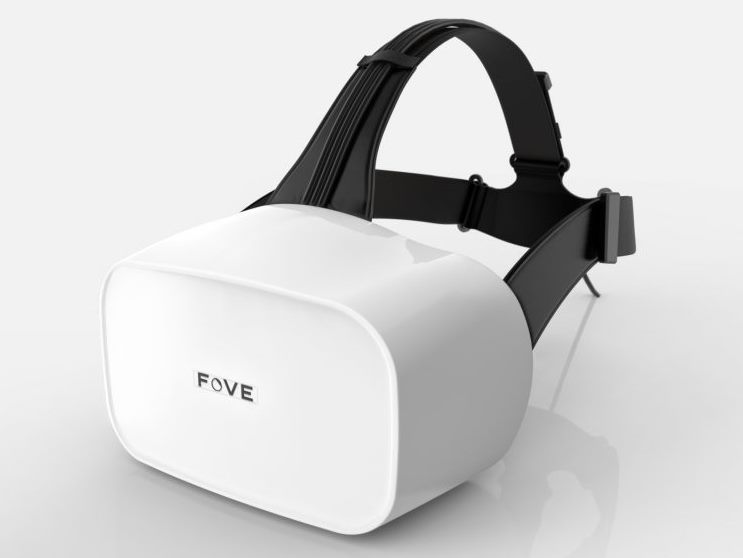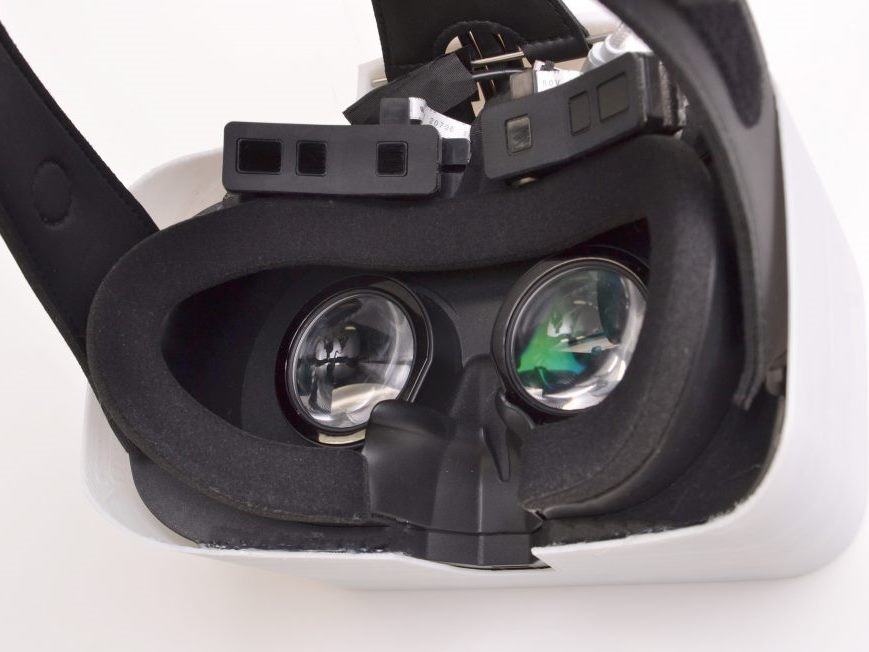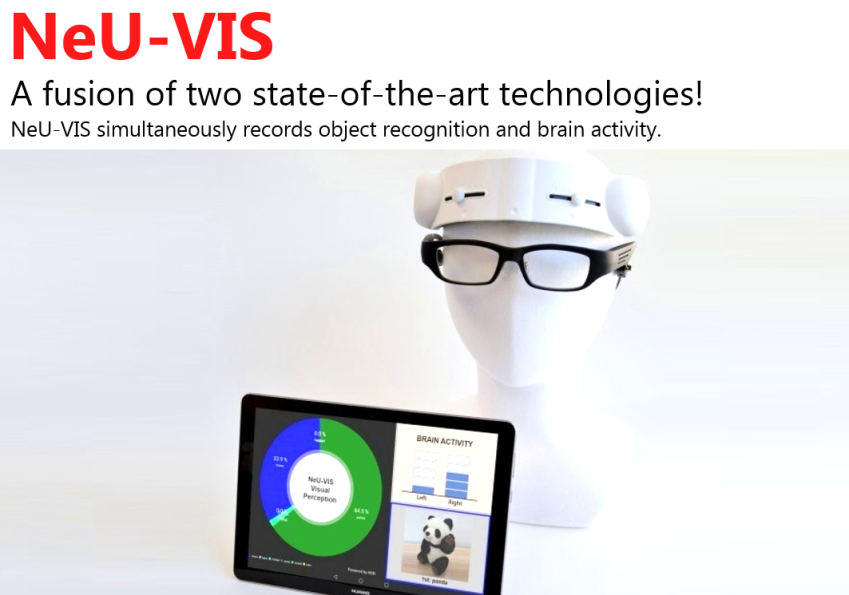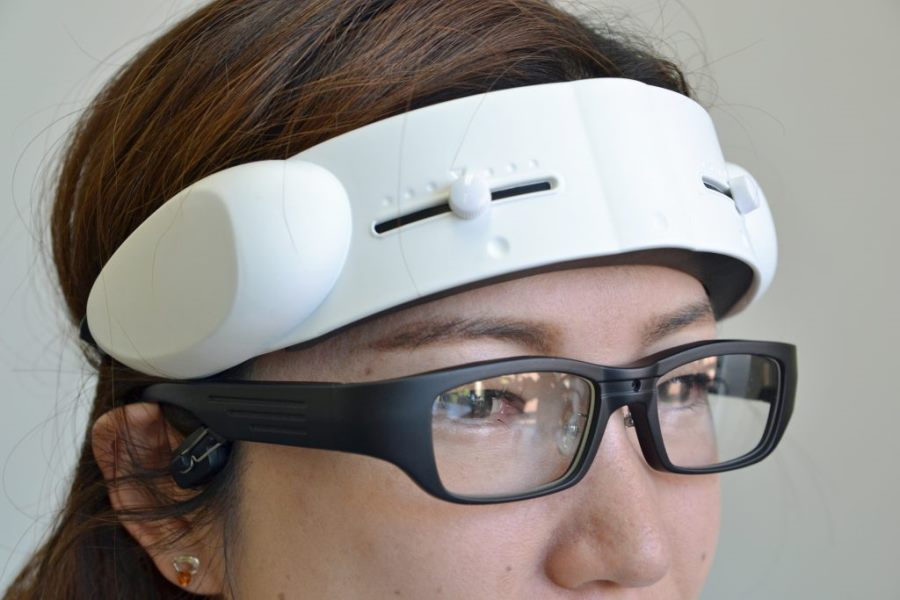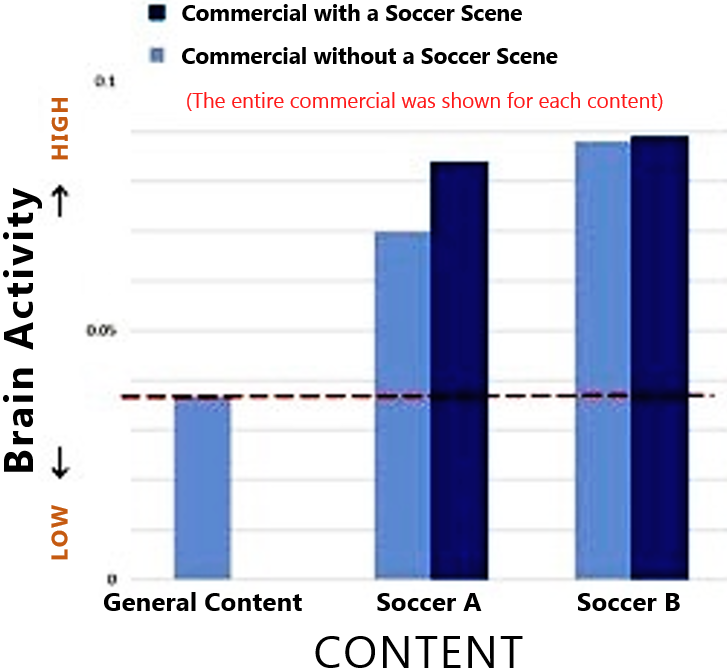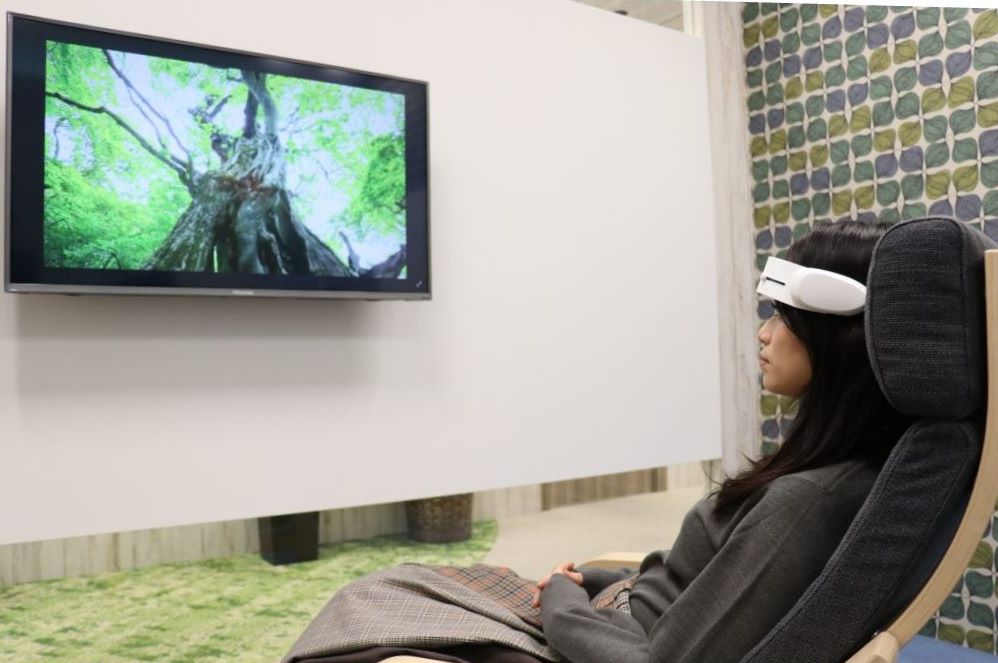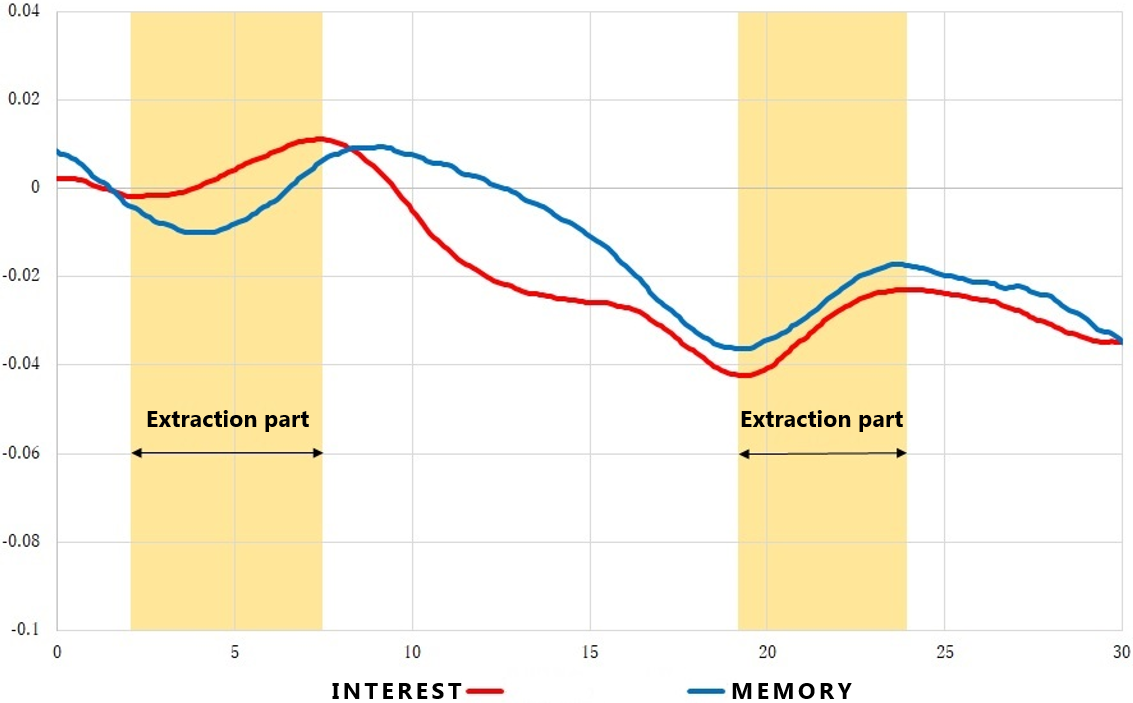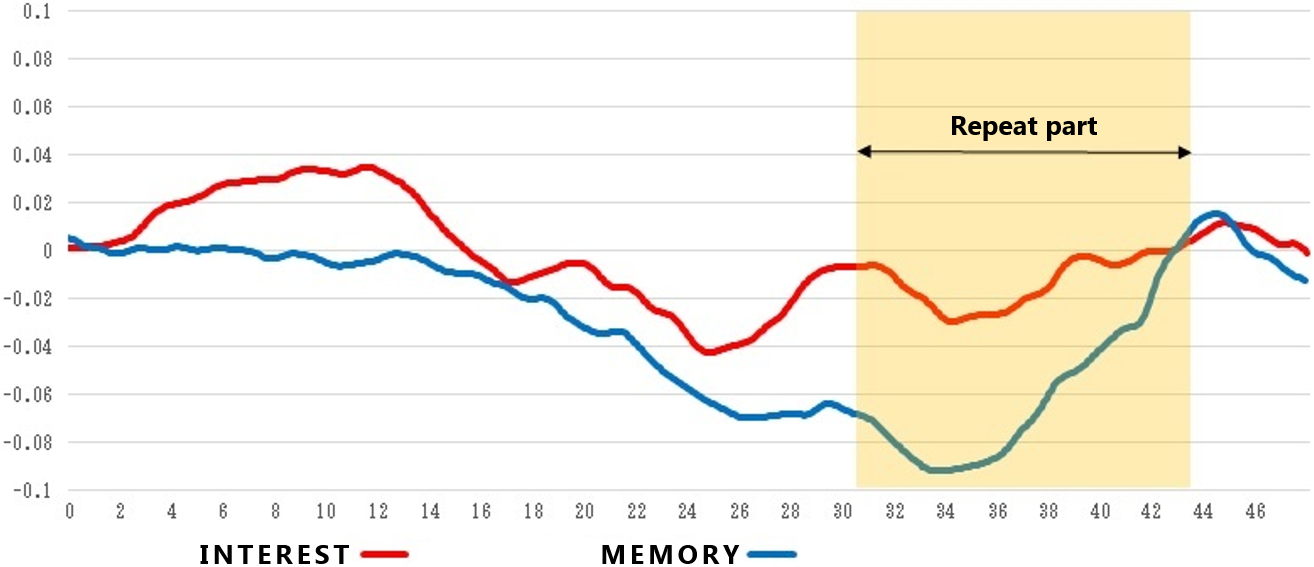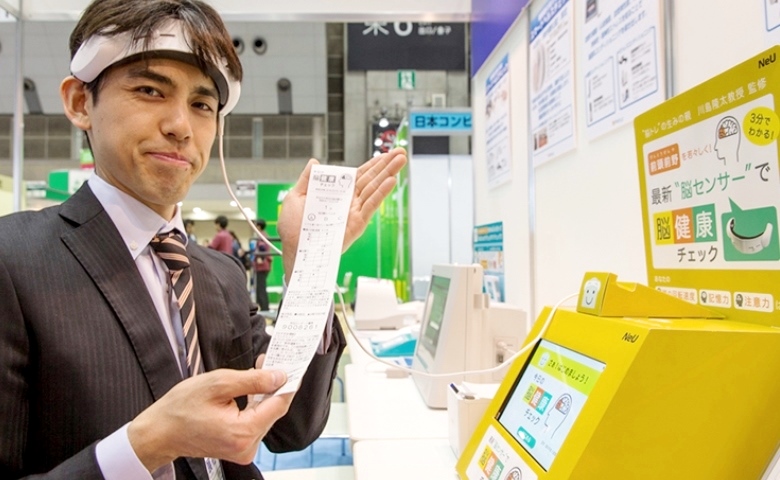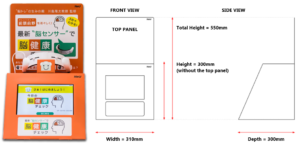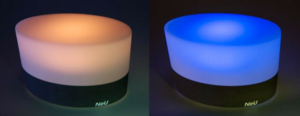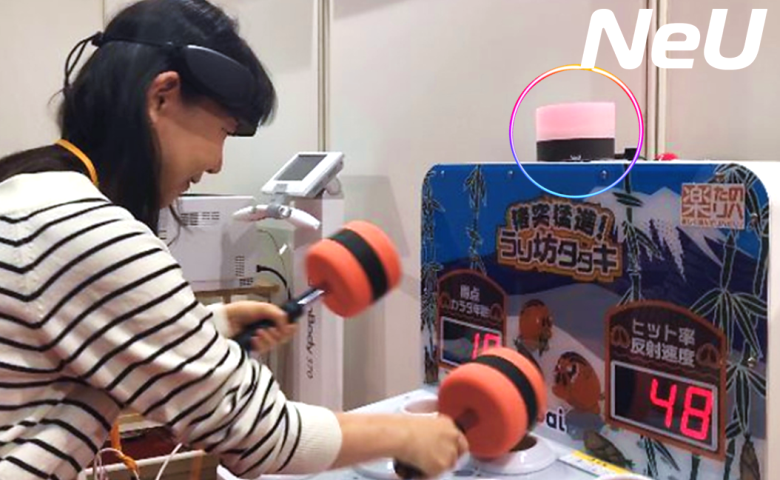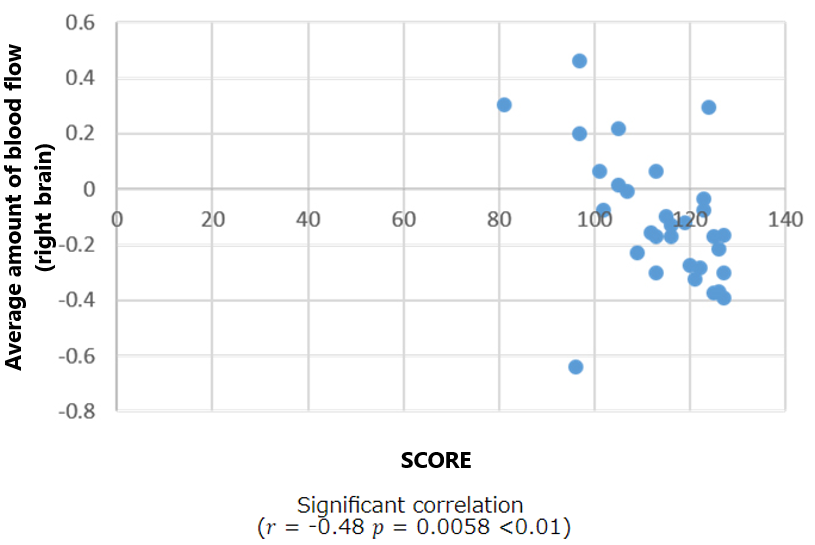NeU-AD is the latest solution to evaluate the true effectiveness of different video commercials on various devices.
- Real-time evaluation of a viewer’s impression can now be revealed with numerical values.
- By measuring brain activity, we can now visualize a “timeline” of a viewers reaction to any video media.
- Compared to conventional evaluation techniques, NeU-AD can provide advertisers and production/research companies with true-objective results.
- Quick comparative analysis can be performed to find out which video media performs better for the intended target audience.


Flow of evaluating video commercials using Brain Science: Verifying a cosmetic video commercial as an example.
-
1. Orientation:
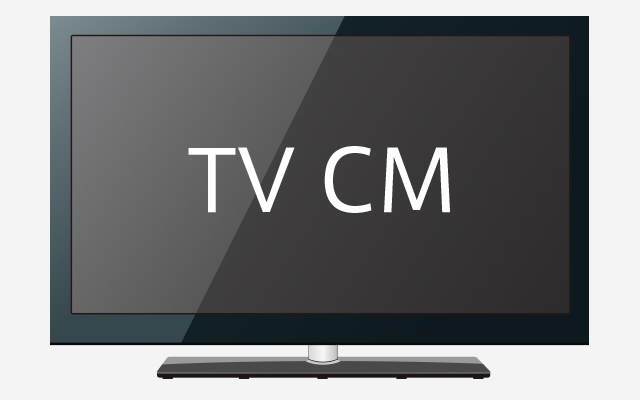
The advertiser requests to understand the target audience better, and to use the responses for better product marketing and branding.

-
2. Recruiting viewers for brain activity measurement:
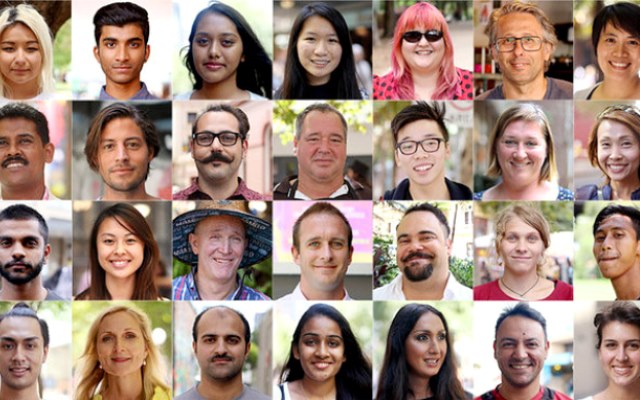
Demographic selection of an audience pool based on product target factors. Please note: the number of participants will depend on the content of the survey and plan of action.

-
3. Performing brain activity measurement:
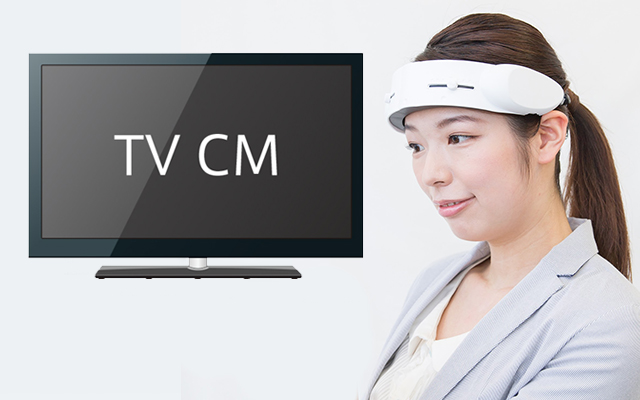
Selected participants with be requested to gather at NeU’s laboratory in Tokyo, where a brain measurement device (HOT-1000) will be placed on each participant’s forehead while they watch a predetermined TV commercial. Concurrently, brain measurement data will be accumulated into the cloud server.

-
4. Analysis:

NeU’s highly-trained professional staff will utilize the multivariate AI “ExBrain Analyzer” which is specialized for biometric data analysis (such as eliminating body motion noise during the observation process and to reduce the influence of skin blood flow component) and other aspects that are relevant for the accuracy of the measurement data.

-
5. Report:
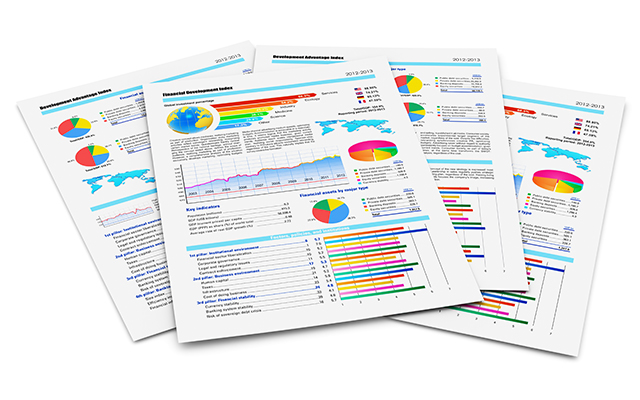
Beginning with the experiment’s purposes, NeU will summarize the hypotheses, experiment designs and analyze the results into a comprehensive report. The overall report, in addition to the standard questionnaire analysis, will include the types of reactions and impressions from the participants’ brain activities. The comprehensive report will then be delivered securely and confidentially.

-
6. Debriefing:

Based on the findings of the comprehensive report, NeU will hold a debriefing about all the contents of the report, giving the client (advertiser) valuable insight from the aspect of brain science to make sound decisions and to formulate the next plan of action for an effective advertising campaign.
Verifying the effectiveness of a video advertisement: TV versus Smartphone viewing.
- Conventionally, TVs have always been the standard for video advertisements, but with the advancement of technology and innovation of devices, especially with the rise of smartphone usage, exposure through cross-media promotion using various device platforms are becoming more important.
- In general, TV commercials have always been considered as a superior advertisement medium for disseminating information on products and services for a wide audience, but combining the vast usage of smartphones into this platform can ultimately enhance the spread and reach of commercials more than ever.
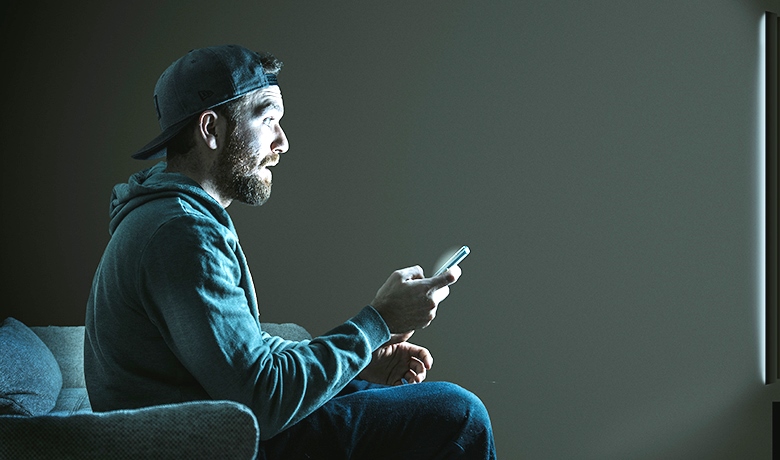
-
Method of brain measurement:
1) A viewer watches a recorded TV show including a commercial beforehand at home.
2) Afterwards, the viewer visits the measurement site at a later date and is placed into groups (hereinafter referred to as “TV groups”) that watch commercials during a TV program. Another set of groups watch the same commercials on a smartphone (hereinafter referred to as “smartphones groups”). Both the groups’ brain activities related to “interest and empathy” and “memory” will be observed.
3) TV viewing of the “TV group” will watch a specific commercial in an environment similar to that of their home. On the other hand, the “smartphone group” participants will be allowed to browse any site, during which they will watch a commercial from “CMerTV Perfect View™ Network”.
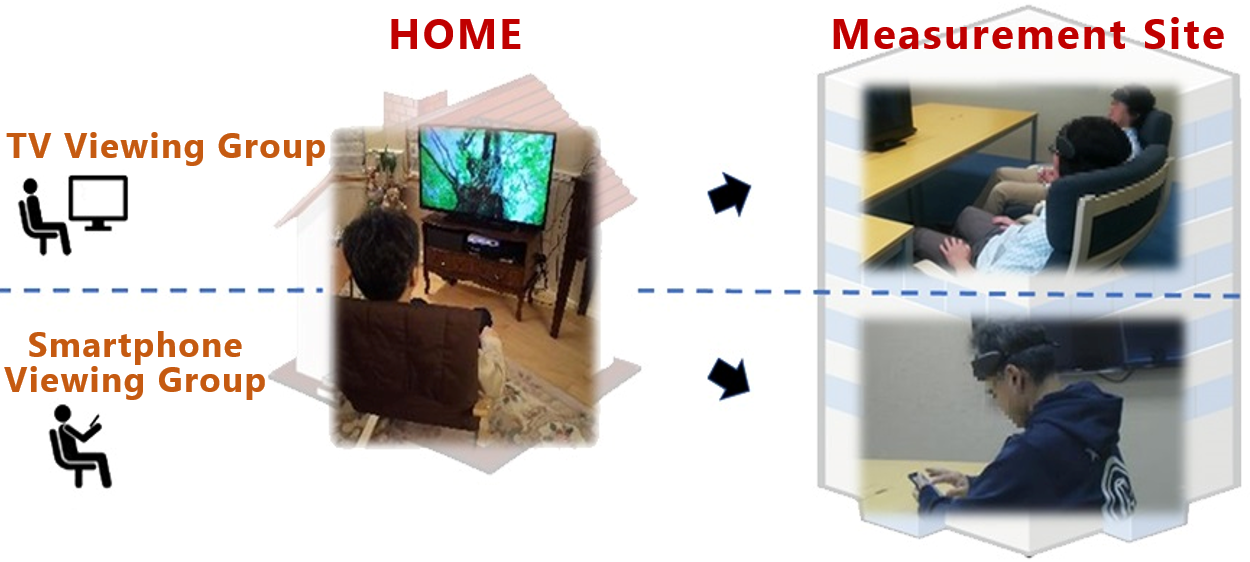


Results
-
1. Brain activities related to interest and empathy
Compared with watching TV, smartphone viewing showed higher brain activity, especially when comparing the impressions of the same commercial for smartphone and TV (CM 2). Here, a noticeable difference in brain activity was seen; please refer to Figure 1.

-
2. Memory-related brain activity
In this area of analysis, results were comparable with those when watching TV and viewing a smartphone. When comparing the same commercial for smartphones and TV (CM 2), difference in brain activity was seen; please refer to Figure 2.

*Please note:
A. CM 1 to CM 6 are videos commercial that are shown while watching TV. The commercials shown by CM 2 and on a smartphone are similar.
B. The label [smartphone] is the average. The difference was also confirmed when compared with the data at the time of the first viewing.
Verification of brain activity while watching commercials during a LIVE Japanese soccer game.
- In this case study, brain activity was evaluated by the NIRS method to measure the rate of cerebral blood flow change during a LIVE Japanese national football game that took place on March 23 and 27, 2018.
- Utilizing NIRS technology is favorable as it can efficiently measure brain activity in any given environment. Pictured below shows the measurement environment of the target audience who gathered at NeU’s conference room to take part in the brain measurement verification of a LIVE TV broadcast:
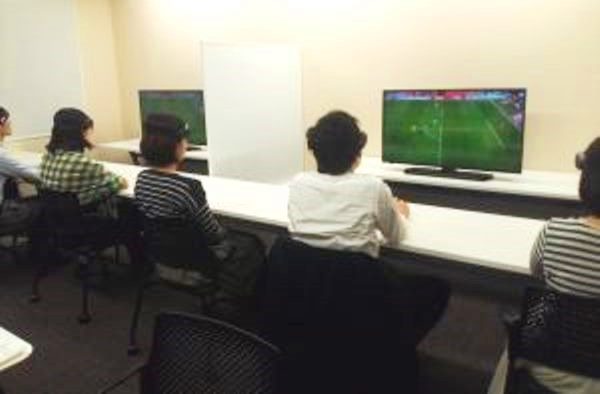
-
Summary and Overall Impressions:
The target audience consisted of men and women in their 20s to 30s who have a special interest in sports. They were asked to watch a general program (including commercials) and a LIVE Japanese soccer game broadcast (with a soccer themed commercial). As the participants watched, brain activity of the forehead region was measured using NeU’s portable brain activity measuring device, the HOT-1000.
Brain activity revealed that watching theme-focused commercials that are related to the LIVE broadcast content showed higher brain activity compared to watching “general contents”. The results indicate that viewers showed twice as much more interest for commercials with a soccer “theme” than those without.
Based on these findings, we can expect that brain activity will be higher when watching commercials during high-profile sports broadcasts, which can give advertisers a competitive edge to appeal a product or service effectively. The following diagram shows the comparison of brain activities of general content commercials to that of a more theme-focused content viewed during a LIVE broadcast:


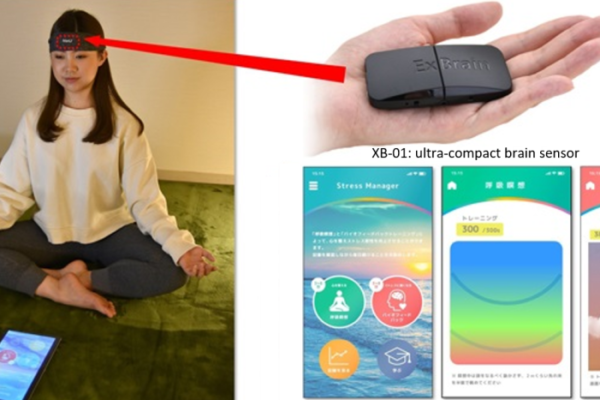 Stress Manager AppAn app to reduce stress while measuring brain activity in real-time. Click to read more.
Stress Manager AppAn app to reduce stress while measuring brain activity in real-time. Click to read more.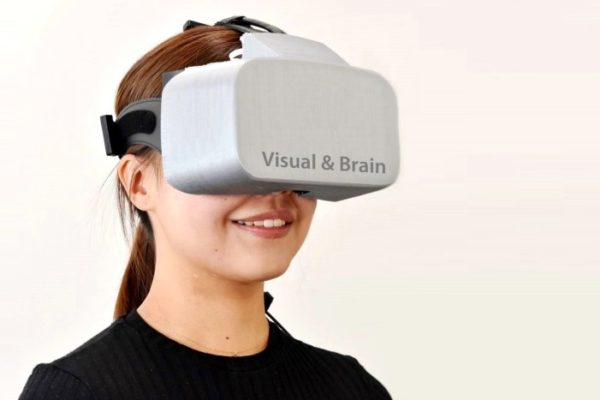 NeU-VRA "NeU" development of an integrated VR device in collaboration with FOVE. Click to read more.
NeU-VRA "NeU" development of an integrated VR device in collaboration with FOVE. Click to read more.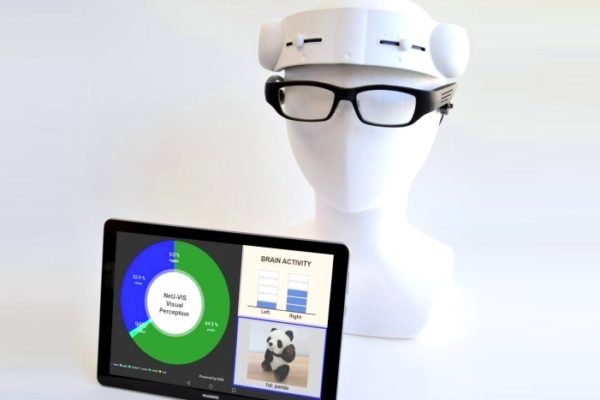 NeU-VISVideo recording and object recognition through an eyeglass-type camera combined with the HOT-1000. Click to read more.
NeU-VISVideo recording and object recognition through an eyeglass-type camera combined with the HOT-1000. Click to read more.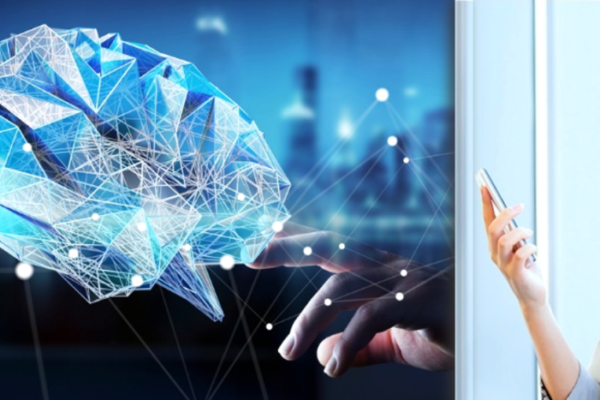 NeU-ADUsing advanced brain science to evaluate the true effects of video commercials. Click to read more.
NeU-ADUsing advanced brain science to evaluate the true effects of video commercials. Click to read more. NeU-UpJapan's first brain activity measurement kiosk! NeU-Up uses the HOT-1000 platform to perform a "self-check" in just under 3 mins. Click to read more.
NeU-UpJapan's first brain activity measurement kiosk! NeU-Up uses the HOT-1000 platform to perform a "self-check" in just under 3 mins. Click to read more.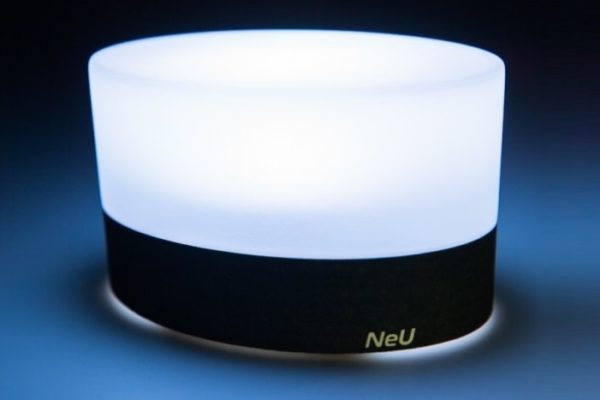 N-PodNeU's prototype visualization device that expresses brain activity by color or sound. Click to read more.
N-PodNeU's prototype visualization device that expresses brain activity by color or sound. Click to read more.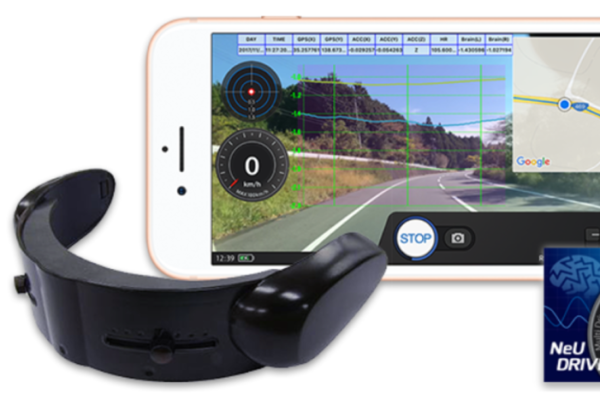 NeU-DRIVERecording brain activity during motor-vehicle operation opens unlimited potentials for road and driving condition research (for research use only). Click to read more.
NeU-DRIVERecording brain activity during motor-vehicle operation opens unlimited potentials for road and driving condition research (for research use only). Click to read more.
